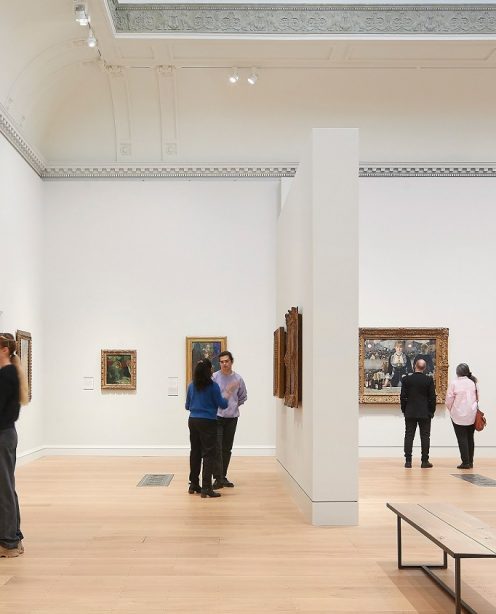Yesterday, VocalEyes released a report looking at how accessible museum sites are for blind, partially sighted and other disabled users. Reading through the report and the accompanying advice, it struck me that much of the advice is just as relevant to other cultural organisations (or indeed any business).
So with that in mind, we'd recommend that you take a quick look at the report and use it as an opportunity to check and review your own site. Accessibility is a collaboration between designers, developers and content editors. You may be surprised as to how much you can do yourself without consulting your web agency but they will be able to help you out with anything you get stuck on.
Why is accessiblity important?
All business in the UK are required to comply with the Equality Act 2010 and therefore anyone should be able to access your service (although there are some acceptions).
For many visitors, they're first interaction with your organisation may well be via the website. If they can't find the information that they need to allow them to plan their visit then the chances are that they will never come and visit you.
Equally, if anyone has a bad experience, they may tell their friends and you may lose potential visitors.
Beyond the launch of your website
Just as physical objects at your venue require maintenance to keep them in tip top condition, so does your website.
Some structural elements of the website may have been designed to be accessible and those may be fairly stable. As content is updated and added, it is possible for the quality to alter over time. Therefore it's important to continually review the content and ensure that it still works.
As technologies evolve and change, it may become necessary for structural or technical changes to be made to your website to keep it up to date for all users.
The following resources can help you understand what you can do to keep your content up to scratch:
- VocalEyes Access Information Guidelines 2016
- Accessible Marketing Guide from Unlimited
- gov.uk "Making your service accessible: An introduction"
- Equality Act 2010 Legislation (for the really keen out there)




